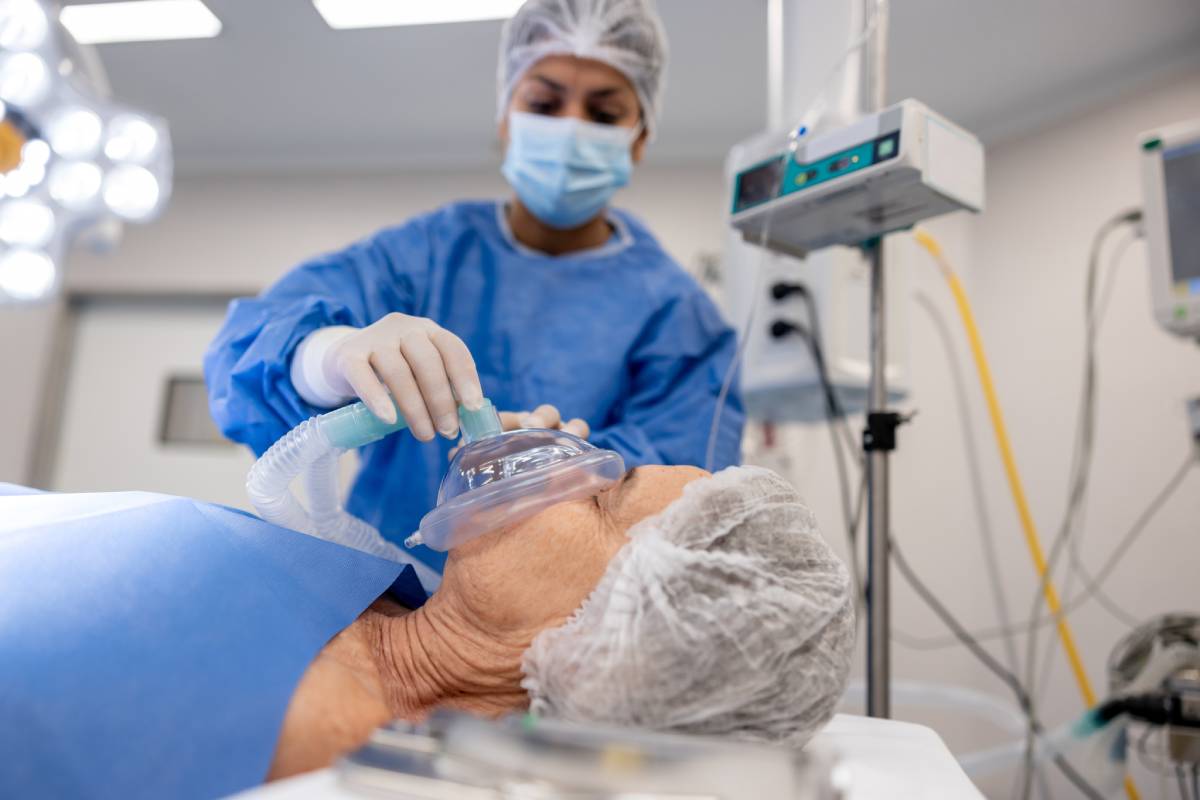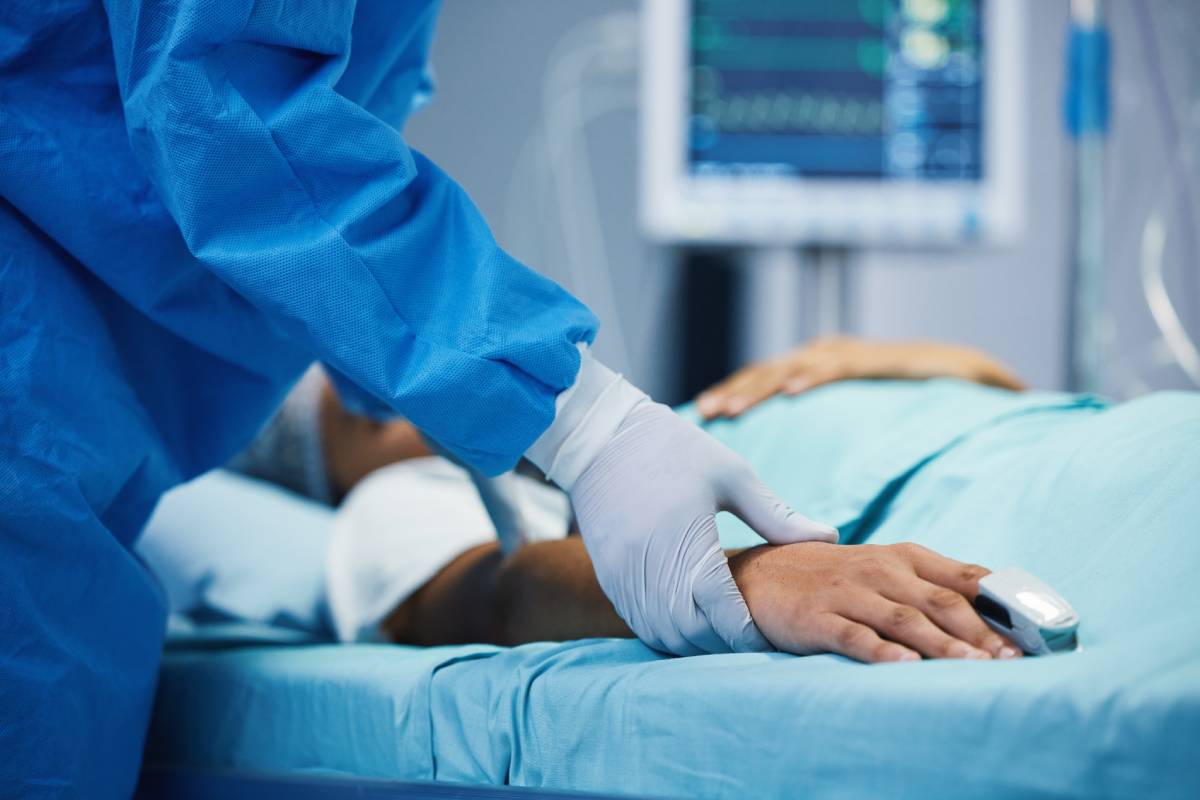Acute Respiratory Distress Syndrome (ARDS) is a severe lung condition often caused by an acute injury or infection, leading to significant morbidity and mortality among critically ill patients. Traditional diagnostic tools for ARDS have included chest radiography and computed tomography (CT), but these methods have limitations, particularly in critically ill or unstable patients for whom transport to a radiology suite poses risks. Lung ultrasound has emerged as a highly effective, non-invasive alternative that can be performed at the bedside, providing real-time information critical for the diagnosis and management of ARDS.
Lung ultrasound in the context of ARDS offers several distinct advantages. Unlike CT scans and chest X-rays, ultrasound does not expose patients to ionizing radiation, making it a safer option for repeated assessments. Additionally, it provides dynamic visual information that can aid in the immediate assessment of lung status and guide therapeutic interventions. The portability of ultrasound machines allows for rapid, repeated, and real-time imaging in intensive care units (ICU) or emergency settings, which is invaluable for monitoring the progression of ARDS and the response to treatment.
Diagnosis of ARDS with Lung Ultrasound
The use of lung ultrasound in diagnosing ARDS involves identifying specific sonographic signs associated with the condition. Key ultrasound findings in ARDS include bilateral B-lines (also known as lung comets), which are vertical, laser-like reverberation artifacts that arise from the pleural line. These artifacts are indicative of interstitial syndrome, commonly seen in ARDS due to pulmonary edema and inflammation. Additionally, lung ultrasound can reveal areas of consolidation and pleural line abnormalities, such as thickening or irregularities, which are typical in more advanced stages of ARDS.
ARDS is also characterized by the loss of aeration, variably affecting different lung regions. Lung ultrasound is particularly adept at identifying these aeration patterns, providing a useful map of aeration loss and helping differentiate ARDS from other types of respiratory failure, such as cardiogenic pulmonary edema. This differentiation is crucial, as the management and prognosis of ARDS significantly differ from other causes of acute respiratory distress.
Management and Therapeutic Guidance
Lung ultrasound is not only beneficial for the initial diagnosis of ARDS but also plays a pivotal role in the ongoing management of the condition. It can be used to monitor the effects of mechanical ventilation settings and guide adjustments to optimize oxygenation and reduce the risk of ventilator-associated lung injury. Ultrasound findings can help in determining the appropriate positive end-expiratory pressure (PEEP) settings by visualizing lung recruitment and detecting overdistension or collapse of alveoli, thus allowing for more personalized ventilatory strategies.
Furthermore, lung ultrasound can aid in the management of fluid status in ARDS patients. The presence and extent of B-lines can help assess the degree of pulmonary edema, guiding fluid management and diuretic therapy to avoid fluid overload while ensuring adequate circulatory volume. This is especially critical in ARDS, where fluid balance must be carefully managed to optimize lung function without exacerbating edema.
Training and Implementation Challenges
Despite its advantages, the widespread adoption of lung ultrasound in the management of ARDS faces challenges, primarily related to training and expertise. Performing and interpreting lung ultrasounds require specific skills that are not universally included in the standard training of respiratory therapists, nurses, or even all physicians. Comprehensive training programs and certification are necessary to ensure that healthcare providers are proficient in using this tool effectively.
The integration of lung ultrasound into routine clinical practice also demands adjustments in hospital protocols and workflows to ensure that ultrasound assessments are performed systematically and interpreted correctly within the clinical context of ARDS management.
Conclusion
Lung ultrasound has become an indispensable tool in the diagnosis and management of ARDS, offering a non-invasive, radiation-free, and repeatable method that provides critical real-time information at the bedside. Its role in enhancing the understanding of lung pathology in ARDS, guiding therapeutic decisions, and monitoring treatment efficacy marks a significant advance in critical care. With proper training and protocol integration, lung ultrasound has the potential to improve outcomes for patients with ARDS by facilitating more precise and dynamic management of this complex and challenging condition.

